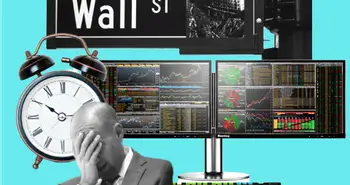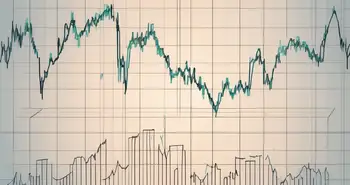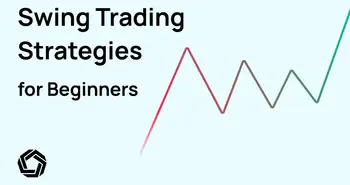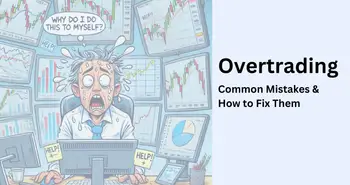Article Contents
3 Ways to Profit with 24/7 Trading

For some of us, the normal intraday trading session just isn’t enough. You might be at work, or on the road, or even in a different time zone that makes trading only during the day difficult. Moreover, there are times when you need to trade outside the confines of the normal day. Some investors are able to trade within the after-hours session or the pre-market, but what about everything in between? What would you do if you could trade when the market is closed?
Trading 24/7
On a normal trading day we can identify three different trading sessions. The pre-market, which runs from early in the morning right up to the open, followed by the intraday session (this is the main session), and finally the after-hours session which starts at the end of the intraday session and lasts until the evening. During the time between after-hours and pre-market there is no trading at all, and once after-hours wraps up on Friday there’s no trading until Monday morning. Even though the market is closed the economy keeps moving, new information becomes available to investors, but the markets won’t catch up until Monday.
As soon as the markets opened, Brent Oil was up 15%. You could have bought the news on a Saturday.
Whether it’s shorting a stock before it opens, or hedging commodity supply shocks, trading 24/7 opens up a world of possibilities for managing risk, and building strategies.
1. The Post-Announcement Drift
As new information becomes available to investors, the way they react becomes a part of the price discovery process. The market digests this information and reach a new pricing consensus. The post-announcement drift phenomenon showcases this when stocks have abnormal returns right before an announcement and shortly after it.
In the weeks before a company reports its earnings, investors begin watching the company closer for any guidance. During this period of uncertainty different investment banks and funds will usually issue their opinion as ratings: Strong Sell, Sell, Hold, Buy, Strong Buy, Underperform, Hold, and Outperform. Most of the time these ratings relate directly to the consensus earnings forecast, and the eventual results found in the financial reports. Analysts on Wall Street argue whether the stock will beat or miss earnings estimates. Institutions adjust their positions leading up to earnings calls, this buying and selling starts generating volatility.
This cycle isn’t as predictable as it may seem. A company may beat its earnings estimate and sell off, or do poorly and rally up. Good earnings or bad earnings doesn’t tell you where the stock will move, because each investor interprets the earnings reports differently.
Moreover, stocks with lots of media hype might have “priced in” all the good/bad news before it’s announced. Then there’s no room for the stock to move any higher and it drops.
So how do you take advantage of the post-announcement drift?
Look out for companies reporting earnings, you should begin to see more volatility leading up to the date. Although the predictability of the post-announcement drift is debatable, look at the effect previous earnings have had on price-action. Instead of trading the trend of the intra-day price-action, look at it holistically. Morpher uses 24-hour charts so you can track price-action through each session.
2. Trade the Weekend
Some of the world’s most important events occur during the weekends. From elections to world summits – these events are guaranteed to move markets come Monday morning. When the financial markets are closed it’s impossible to trade the underlying asset because you are unable to find a counter-party to your trade (ie: someone to take the other side of the position). Some people think of the price as “stopping” when the market is closed, but it's important to track these events since they still impact prices.
Each event has a unique effect on different asset classes.
- Elections: The foreign exchange market usually prepares itself by pricing in the most logical winning candidate in accordance to the type of monetary policy they are likely to implement.
- Summits: The underlying issue of every summit is always world trade. If two countries begin resolving their political differences this usually spells out bullish trade sentiment which affects equities, FX, and commodities.
- Natural Disasters: Can sometimes occur over the weekend, greatly impeding trading routes, and usually contributes rising energy commodity prices.
News can strike when you least expect it. On Saturday, September 14th, 2019, reports came out that the world’s biggest oil refinery plant in Saudi Arabia was attacked by 10 drones armed with explosive charges. The damage to the facility resulted in the constraint of 5% of the world’s oil supply – but the markets were closed. As soon as the futures markets opened (late Sunday night) WTI and Brent oil shot up 15%.
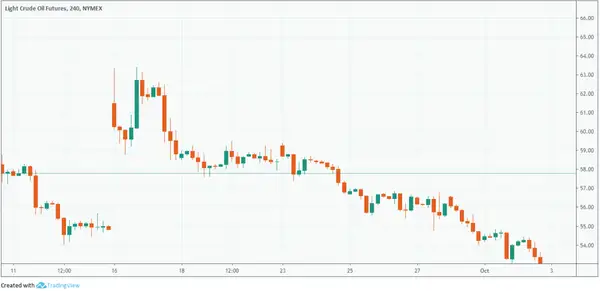
Hearing the news on Saturday, you could have bought oil futures, and earned a potential return of 10-15%.
Moreover, if you follow a specific sector or stock you may find yourself at a significant advantage if the company reports any announcement on the weekend.

On Friday, November 8th, Boeing (BA) closed at a price of $351.0, but on Monday the stock rose 4.5%. During the weekend the CEO of Boeing reassured investors that its troubled Boeing 737 MAX would return to service in Q4.
Moments like these provide you with great trading opportunities, however it is up to you to interpret the news correctly, and act in a timely manner. RSS feeds and Twitter can help you stay up to date on the markets, and get instant alerts during weekends.
3. Risk Management
There are times when new information comes out that may threaten the balance of your portfolio. If you're stuck on the losing side of a position that's going sour, it's easy to liquidate your holdings during the weekend or whenever the market is closed. If you were short oil during the Saudi Arabia facilities incident in September, managing your risk would be a matter of closing out your position or going long. Unfortunately, not all risk is idiosyncratic, and a large part price-action volatility is attributable to systematic risk (market risk).
If news of macroeconomic importance comes out it may risk your entire portfolio. However, it can be difficult to determine the extent to which new developments affect our investments, and for how long. News can be exacerbated by the media, presented in a misleading fashion, or its impact can be underestimated.
This presents a challenge because there might not be an intuitive single security hedge, or it may be unwise to unwind balanced portfolio positions.
In cases where systematic risk becomes a concern it is most likely due to a macroeconomic catalyst, which means your focus has to be broad. For instance, in the ongoing trade tensions between the US and China sentiment changes everyday. When news of any kind breaks on the weekend it can trigger movements across all industry sectors and indices.
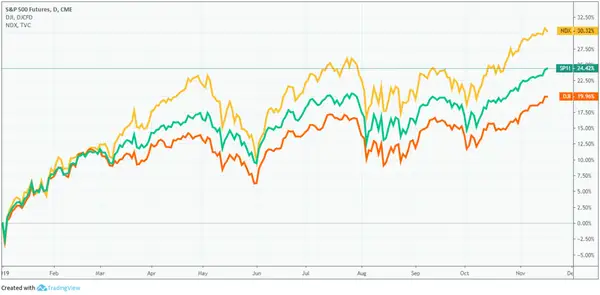
Instead of picking individual securities to hedge your position, you can target entire sectors through ETFs and Indices. This allows you to retain balance within your portfolio, hedge losses, and reevaluate whether you need to make any long term changes to your portfolio and strategy.
If you're heavily weighted in U.S. stocks, next time there's any new information over the weekend, consider shorting select indices, instead of attempting to time individual stock movements.
Trading during unconventional times such as the weekend, extended hours, and holidays, presents investors with a lot more opportunities.
Trading 24/7 gives you more opportunities for bigger returns, and sometimes allows you to improve your risk management. Remember to examine new information carefully and as objectively as possible. It's not about being right, but approximating the reaction of other market participants, and of course being prepared for whatever the market throws at you next.

Disclaimer: All investments involve risk, and the past performance of a security, industry, sector, market, financial product, trading strategy, or individual’s trading does not guarantee future results or returns. Investors are fully responsible for any investment decisions they make. Such decisions should be based solely on an evaluation of their financial circumstances, investment objectives, risk tolerance, and liquidity needs. This post does not constitute investment advice.

Painless trading for everyone
Hundreds of markets all in one place - Apple, Bitcoin, Gold, Watches, NFTs, Sneakers and so much more.

Painless trading for everyone
Hundreds of markets all in one place - Apple, Bitcoin, Gold, Watches, NFTs, Sneakers and so much more.

